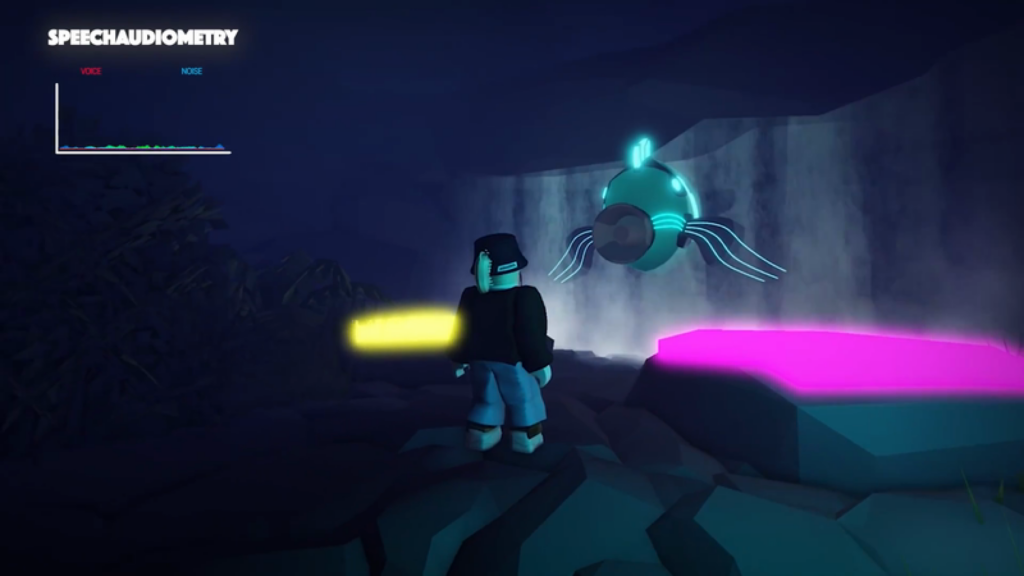Playful Participation: Empowering Health Through Interaction and Instant Health Checks
This week we explore this exciting trend of innovative campaigns that prioritize patient engagement through interactive tools and instant health checks.
These interactive initiatives depart from the traditional model of passive information dissemination. They leverage innovation to create engaging experiences that empower individuals to actively participate in their health journey.
Imagine a simple band-aid that reveals your blood type during a routine blood exam, or a K-Pop poster that doubles as a drug test kit. These are just a few examples of how interactive health tools are transforming the way patients access and understand crucial health information. This shift not only increases awareness of potential health issues but also creates opportunities for personalized education and immediate action.
The success of these campaigns lies not just in their playful nature, but in their ability to address specific healthcare needs within a target population. By integrating seamlessly with existing touch points, such as routine medical procedures or popular entertainment platforms, these initiatives reach patients where they are and provide them with relevant, actionable information. The data behind these campaigns demonstrates a measurable impact, fostering positive behavior changes and ultimately leading to improved health outcomes for the communities they serve.
Case 1
Blood Aid (BRAZIL)
Your Blood Type, Unlocked: DASA's Innovative Band-Aid Boosts Blood Donations and Patient Engagement
Imagine a simple band-aid that reveals your blood type during a routine blood exam. This isn’t science fiction, it’s DASA’s innovative “Blood Aid” program. Not only does Blood Aid instantly inform patients of their blood type, but it also unlocks a world of personalized health opportunities.

DASA health professionals leverage this information to offer blood donation options for those with in-demand blood types. Additionally, patients receive targeted health literature based on their blood type, prompting them to explore relevant DASA health programs.
The results are impressive: 14,000 new blood donors and 9,000 patients booked additional exams, all thanks to Blood Aid! This program exemplifies DASA’s commitment to both patient engagement and supporting the critical need for blood donations.
Case 2
JUMP ’N’ HEAR (US)
Hearing test transformed into an immersive and entertaining gaming experience in Roblox
Three classic hearing tests – stereo audiometry, speech audiometry and sound audiometry – were turned into a computer game and brought to where the young people (13-16) are: Roblox.
By turning a hearing test into a computer game while raising awareness for teen hearing health, hear.com and Audibene increased the screenings and positioned themselves as modern and cool brands in the hearing care space.

Case 3
DRUG TEST POSTER (SOUTH KOREA)
From K-Drama to Public Safety: K-Pop Promotional Posters Turned Into functioning Drug Test Kits
South Korea has seen a surge in drug use, particularly among young people. Drink spiking has become a serious concern, with victims targeted in nightclubs and even cram schools. To combat this, the JTBC television series “Strong Girl Nam-soon” took a unique approach.

The show, featuring a mother-daughter trio with superhuman strength who fight drug crimes, partnered with a medical diagnostics company to transform their promotional posters into functioning drug test kits. These “Drug Test Posters” contained detachable strips that allowed users to easily check their drinks for drugs in just a minute.
Distributed strategically in Gangnam, a district notorious for drug activity, the posters became a runaway success. All 1,000 posters were claimed within a month, generating positive media attention and official support from the National Police Agency. “Strong Girl Nam-soon” itself saw a boost in viewership, proving that social good and entertainment can go hand-in-hand.
Key Takeaways:
our cut ABBOVE
We saw
Playful Engagement: Gamification elements and interactive tools make health awareness and information gathering more engaging and less intimidating.
Leveraging Existing Touch Points: These initiatives seamlessly integrate with established practices (blood exams, K-Pop culture, games) to reach patients and parents where they are most receptive.
Interactive Health Checks: Campaigns utilize innovative tools that provide instant health insights during routine activities (blood exams, gaming).
We learned that
Empowering Patients: Interactive health checks empower individuals with immediate health data, fostering a sense of ownership and control over their well-being.
Measurable Impact: The success of these campaigns demonstrates a clear link between interactive strategies, positive behavior changes, and improved health outcomes.
This encourages us to
Develop Interactive Tools: Explore ways to integrate interactive health checks into our marketing strategies, providing patients with instant health insights beyond traditional medication information.
Gamify the Patient Journey: Incorporate gamification elements into our marketing campaigns to make medication adherence, health education, and disease management more engaging and motivating for patients
Triggers for innovating
How can we design interactive health checks that utilize multiple
senses (sight, sound, touch) to create a more immersive and engaging experience?
What if interactive health tools could not only provide insights but also offer immediate interventions?
How can we empower patients with actionable insights beyond data?
How might we gamify health education for different age groups and demographics? Consider factors like interests, preferred platforms, and accessibility needs.
How can we leverage interactive health checks to not only empower patients but also improve healthcare delivery for providers?
How might we combine gamification with social interaction elements?
ABBOVE TEAM